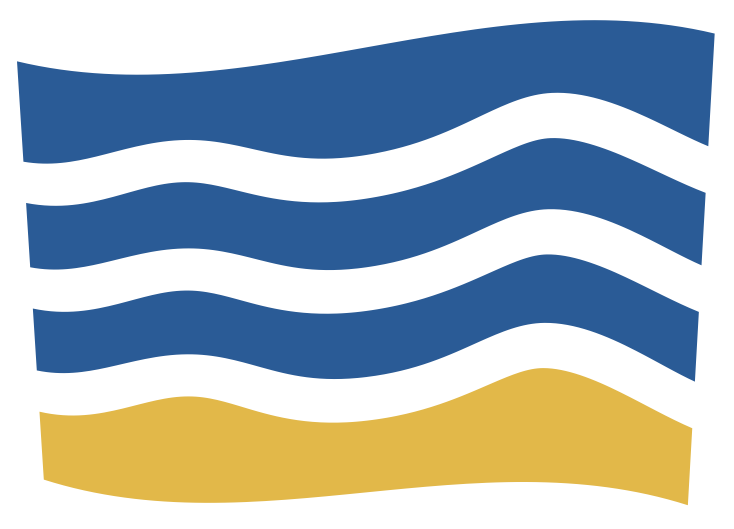Beaches and Shorelines
(reproduced with the kind permission of the wildlife trusts)
http://www.wildlifetrusts.org/wildlife/habitats/beaches-and-shorelines
The shoreline or beach is the point at which the land meets the sea. They can consist of rocks, sand, gravel, shingles, pebbles or cobblestones and are often a mixture of these; the consistency can be sandy, muddy and/or stony and, again, is often a mix of these.
What are they?
The highest point the tide reaches is the strandline. Here the tides leave behind sediments such as seaweed, dead plants and animal and, unfortunately, litter. Several strandlines can occur on a beach due to changes in the height of the tides.
Strandlines provide the main input of energy to sandy shores and intertidal habitats. They are particularly important on exposed shores, where they can act as precursors to sand dunes. As seaweed breaks down it produces organic matter which provides nutrients for pioneering plants trying to establish themselves in exposed beach and sand dune areas. Without this initial impetus, sand dune formation is severely limited.
Where are they found?
The coastline of the UK boasts more than 6,000 km of shoreline with habitats ranging from hard-and soft-rock cliffs, sheltered coves, open beaches, river mouths, tidal inlets, estuaries, spits and barriers.
Why are they important?
Due to the tide the bottom of the beach is often or always covered by water whereas the top of the beach will only be covered by water when the tide is high. Therefore the species of plant and animal will vary greatly from the bottom to the top of the beach.
Our beaches and shorelines provide the UK with protection from the sea, dampening the waves and removing energy from storm surges. Although this is not always the case, areas such as those in the North East are subject to high levels of coastal erosion, where soft sediments are being reclaimed by the sea.
The greatest biodiversity on the shoreline is in the strandline. This are usually made up of organic matter, mainly seaweeds, driftwood and other debris. With each high tide, new life and material are deposited which contribute towards creating and supporting these unique habitats. Many species depend upon them for their food and shelter.
The richest communities are found in the thickest, wettest, rotting material. These rotting seaweeds provide a rich food source for a great variety of both marine and terrestrial invertebrates including sandhoppers, beetles, small crabs and seaslaters. Large pieces of driftwood provide shelter on the shore for active predators that emerge at night. There are a number of beetles who feed only on sea soaked wood. Many flies such as kelp fly lay their eggs in the strandline, and the emergent maggots become food for predatory beetles and birds.
There are a broad group of birds which feed along the shoreline including dunlins, oystercatchers, ringed plover, sanderlings and turnstones. Some are resident others are migratory. These birds search for sandhoppers, other invertebrates and kelp fly eggs which are laid on the seaweed.
In addition to invertebrates and birds, strandlines also support other animals, including bats, shrews and voles. Even larger mammals like deer will occasionally visit the strandline to support their diet by feeding on seaweed.














